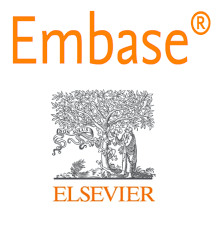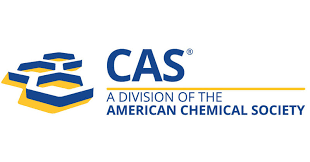A STUDY ON ANKYLOSING SPONDYLITIS, ITS RISK FACTORS, AND MANAGEMENT IN TERTIARY CARE CENTRE OF HALDIA: CROSS-SECTIONAL OBSERVATIONAL STUDY
Keywords:
Ankylosing Spondylitis, NSAIDSAbstract
Background: Ankylosing Spondylitis (AS) is a chronic inflammatory disease primarily affecting the axial skeleton, leading to progressive stiffness and pain. Objective: To study the demographic profile, risk factors, and evaluate the effectiveness of management strategies in AS patients. Methods: A cross-sectional study was conducted on 28 patients diagnosed with AS. Data were collected regarding age, gender, lifestyle, family history, clinical features, and treatment modalities. Results: The majority were males (78.6%) aged between 20-40 years. The most common risk factors identified were HLA-B27 positivity, positive family history, smoking, and sedentary lifestyle. NSAIDs and biologics (anti-TNF agents) showed substantial symptom relief. Conclusion: Early diagnosis and targeted therapy in AS significantly reduce disease progression. Risk factors such as genetic predisposition and smoking play a major role in disease onset and severity.
.png)









